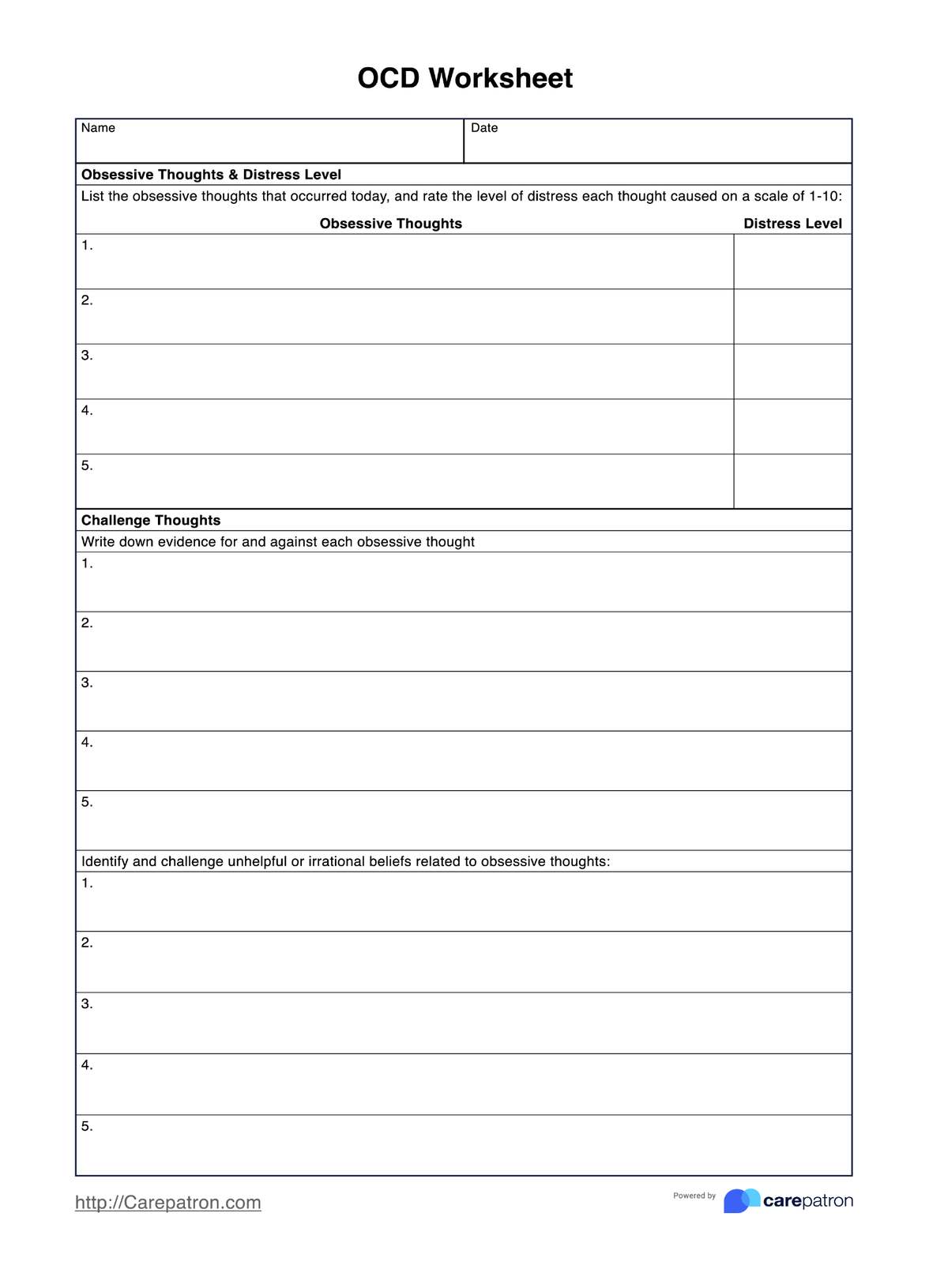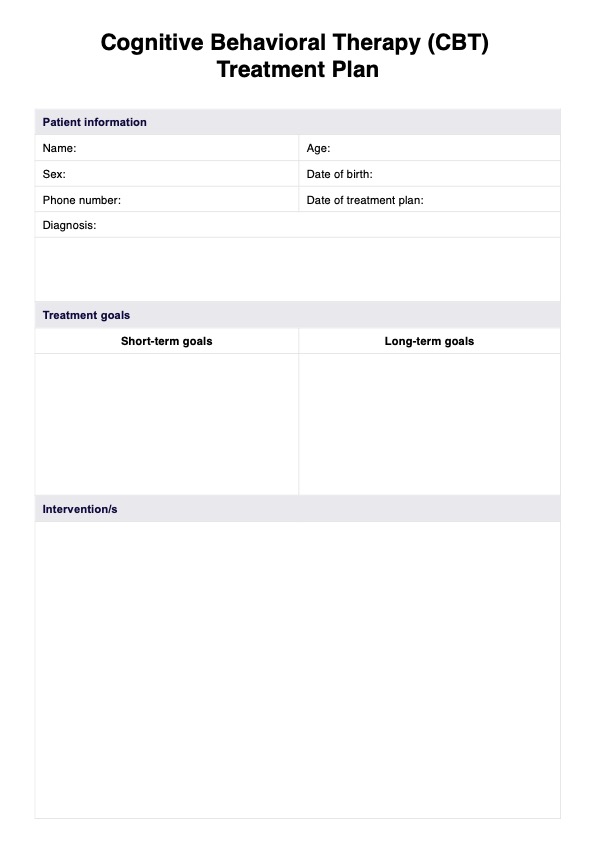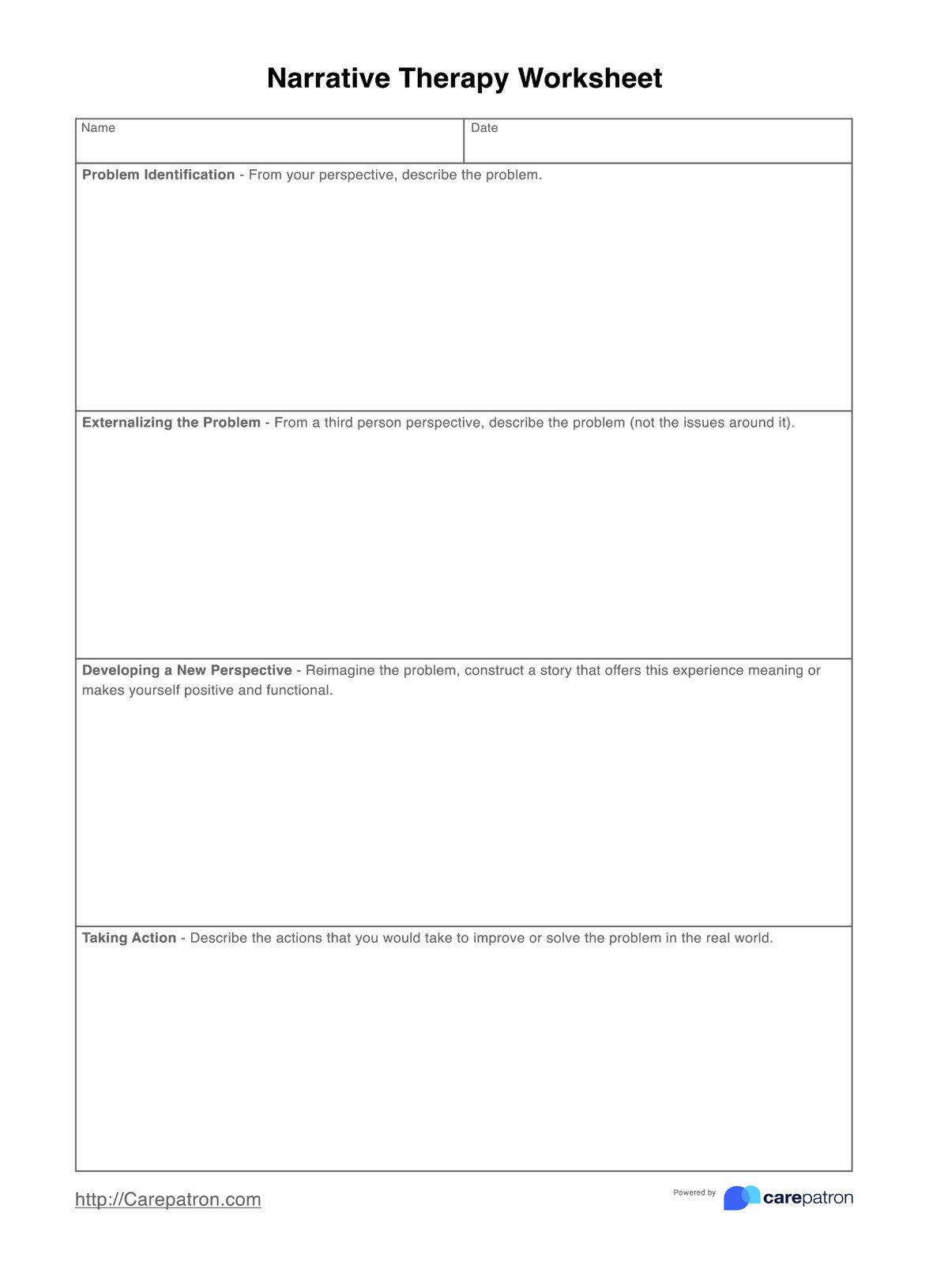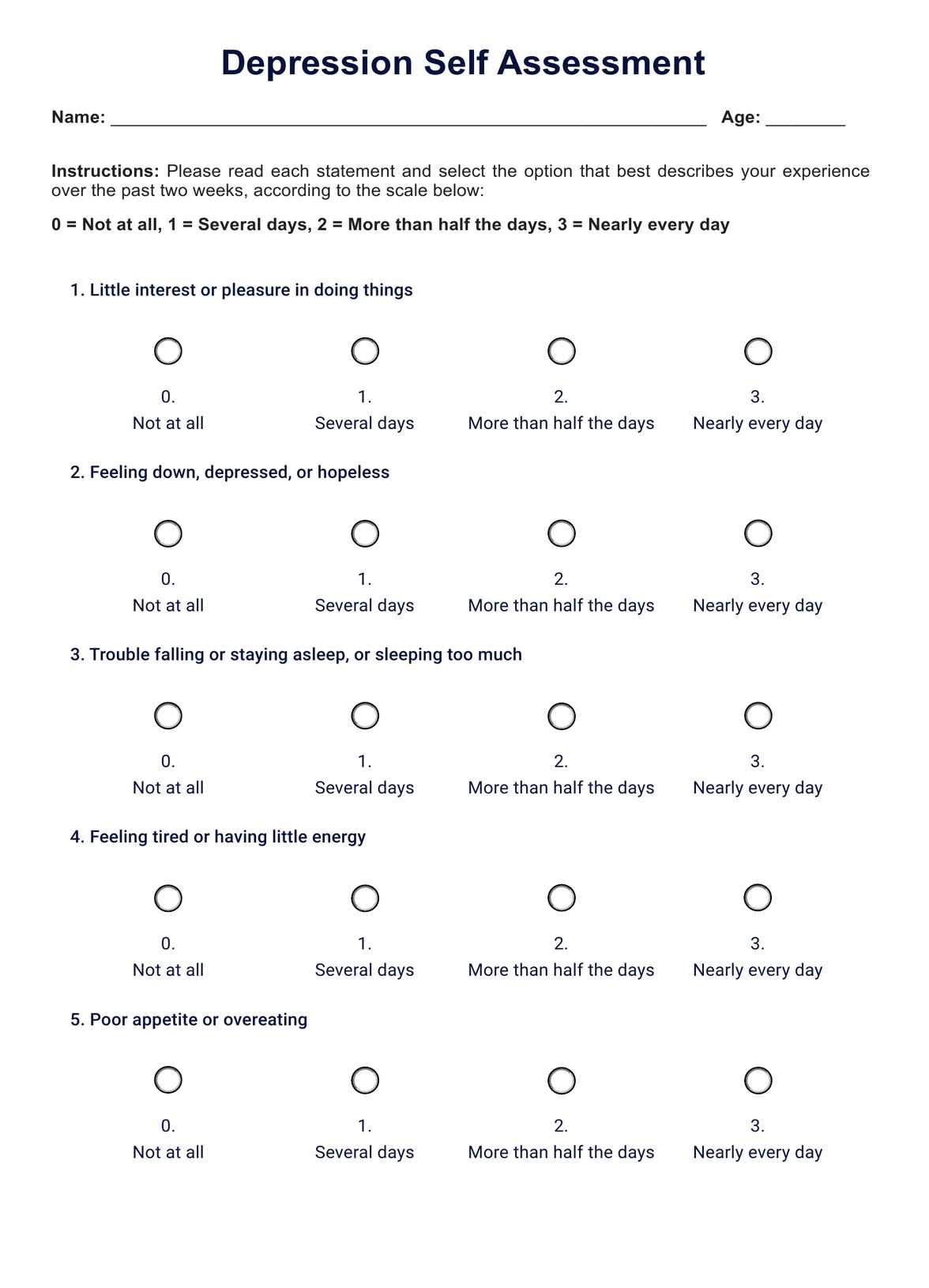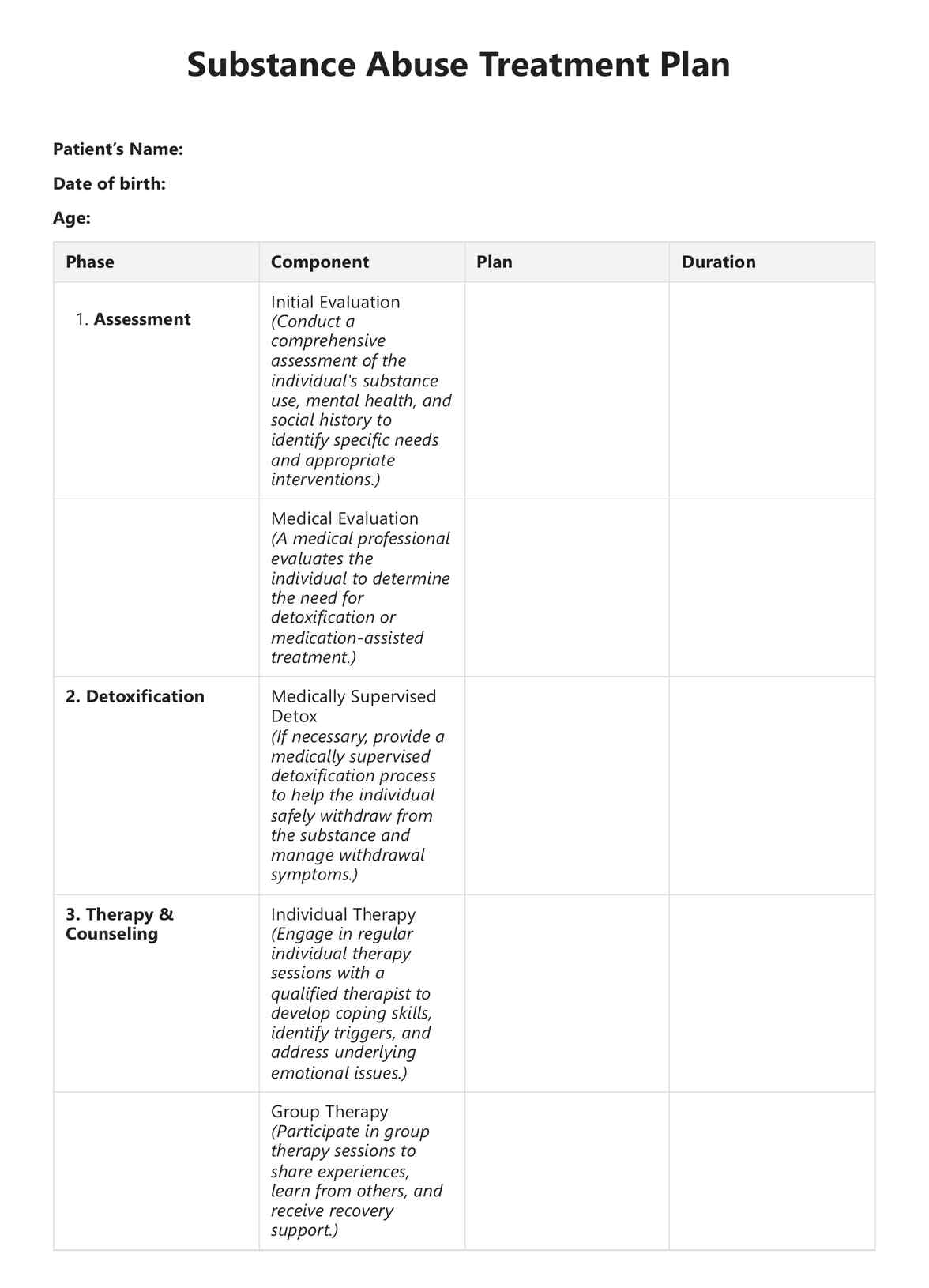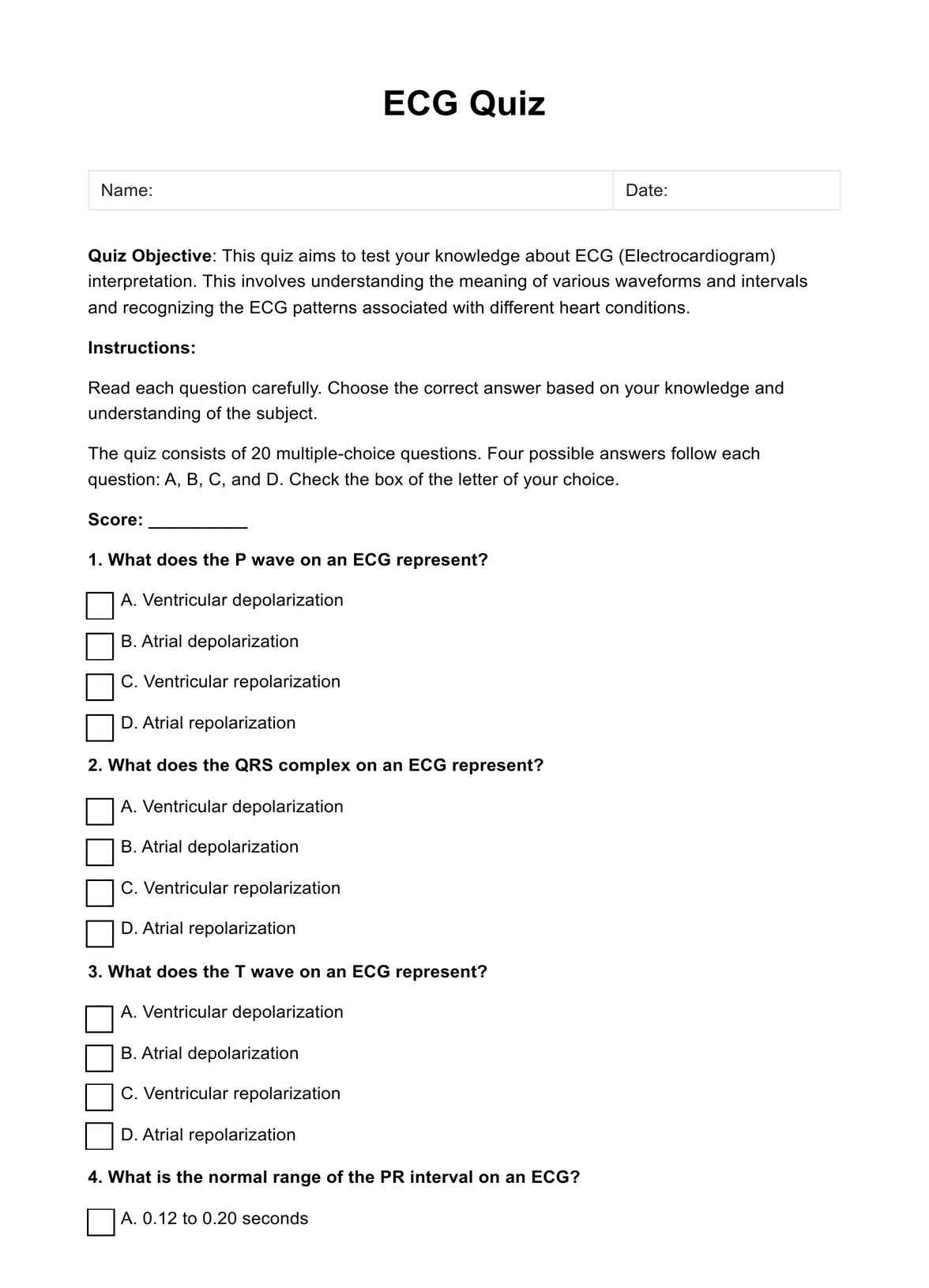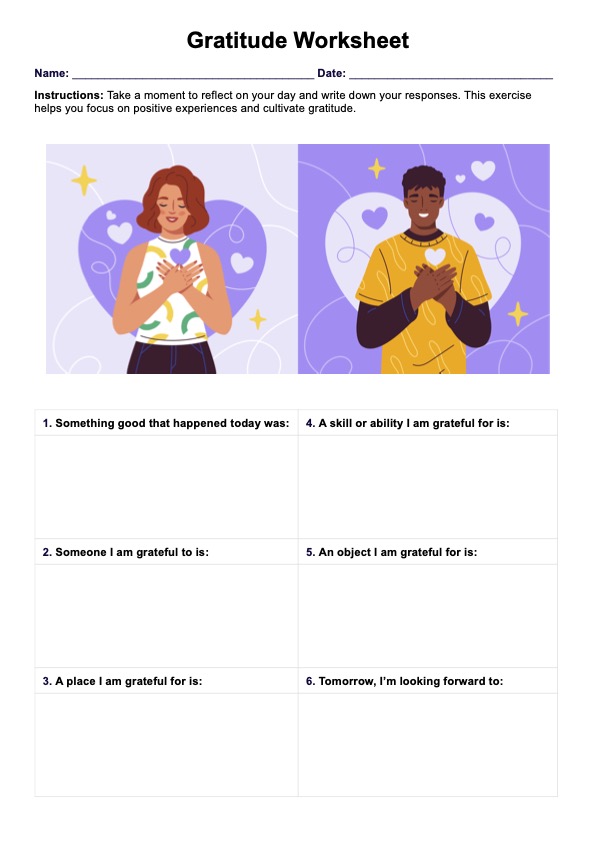Worry Tree
Teach your CBT patient the Worry Tree technique to help them process their worries and work through them by changing their focus or taking action.


What is the Worry Tree technique?
Before discussing the Worry Tree technique, let's briefly talk about Cognitive Behavioral Therapy.
Cognitive Behavioral Therapy is a form of therapy geared to help patients battling depression, anxiety, substance abuse, eating disorders, and other mental health issues. It operates on the belief that our mental health issues are partly the result of unhealthy and unhelpful ways of thinking and dysfunctional and unhelpful behavioral patterns.
Through this belief, CBT seeks to address these problems by helping patients become aware of their cognitive distortions and problematic behavioral patterns and then teaching skills so they can resolve conflicts, become more emotionally resilient, increase self-confidence, relax, solve problems, and cope healthily.
The Worry Tree technique is normally included in Cognitive Behavioral Therapy programs, especially when a therapist is dealing with a patient with anxiety or anxiety disorders.
It's a technique that helps patients examine their worries (especially hypothetical worries) and organize them in such a way that they break them down into something manageable (if possible) and develop actionable steps to address said worries.
It's a great technique that arms patients with the skills of analysis, compartmentalization, and problem-solving so they can prevent their worries from overwhelming them, especially during the worst possible times.
Feel free to watch our video to find out more about CBT techniques:
Worry Tree Template
Worry Tree Example
How the Worry Tree technique works:
The Worry Tree technique is easy to “perform,” and a visual of the tree often accompanies it. It has a set structure that patients simply need to follow to accomplish it.
It begins with identifying the worry. The patient needs to “notice the worry” and answer the question: “What am I worrying about?”
Once they have identified the worry they want to tackle, they must ask themselves: “Can I do something about it?” Other questions that they can ask themselves include the following:
- Is this worry about a hypothetical situation?
- Is this worry about a current problem I'm dealing with?
- Is my worry based on facts or assumptions?
- Is my worry likely to happen? If so, what evidence supports it? What evidence runs counter to it?
- If my worry were to happen, what would be the worst-case scenario? How do I avoid this?
This is where the technique will start to branch. If they can't do anything about the worry, you and your patient need to find a way to help them let go of that worry and focus their thoughts on something else.
If they can do something about their worry, you and the patient can work together to develop an action plan they can follow. This plan should include coping strategies and potential solutions to address their worry.
Once a plan of action has been made, it's a matter of determining when they can apply it. This will result in another branch on the tree! The branch will depend on whether they can immediately proceed with their action plan.
If they can, the next step is to let the worry go (based on their plan) and then focus on something else.
If they can't take action immediately, they need to schedule their plan, and then when the time comes to take action, they will proceed with their plan, let go of their worry, and focus on something else.
That's it!
When is it best to use the Worry Tree technique?
The Worry Tree technique is best introduced to your patient later in your therapy program. The reason why it's best to present it at a later time is that you need to establish rapport and trust, as well as create a safe and non-judgmental environment for them. If they are anxious or have an anxiety disorder, they are likely to have a lot of worries weighing on their mind.
Once the patient trusts you enough, you must shift your focus to teaching them certain skills. Decatastrophization is one example and is closely related to the Worry Tree. In fact, it's pretty much the Worry Tree because decatastrophization is all about examining worries and hypothetical worst-case scenarios, and developing ways to work through them and steer the course to possible better outcomes.
Once you've taught them that, you can have them do the Worry Tree technique to see if they can apply what they've learned.
What are the benefits of the Worry Tree technique?
It can help a therapist know more about their patient's worries
Even if you've established trust and rapport with your patient, that doesn't necessarily mean they will tell you about all their worries from the get-go. By having them use the Worry Tree visual to practice the Worry Tree technique, they might mention a worry they haven't mentioned and use it for the Worry Tree. Stating this particular worry means it's been significantly weighing on them to the point they want to get rid of it through exercise. Knowing about their worry/worries gives you the ability to help them determine what they can do.
It's a good way to see how they can apply certain skills
Earlier, we mentioned that decatastrophization is a skill that can be taught to patients taking Cognitive Behavioral Therapy programs. There are other skills that you can teach them, like cognitive restructuring, problem-solving, and conflict resolution. Using the Worry Tree technique as an exercise is an excellent way to see if they can apply what you have taught them.
It can be used outside the therapy setting
Making a plan of action to address worries is the same as setting goals. In the context of the Worry Tree, the goal is to get past their worries either by working through or around them to reach a better level of mental well-being. Even when the patient is out of the therapy program, they can still apply what they've learned from you and the exercises you gave them whenever they face certain situations or problems that might have caused them severe distress if they didn't go through your program.
Utilize this cognitive distortions template and action plan template to support and enhance your practice and client success.
Commonly asked questions
No. It’s a technique that is accompanied by a visual so that patients can get the idea on how they should approach their worries. However, for our template, we turned it into a worksheet of sorts by adding another page where you and your patients can write down action plans.
That depends on the patient. The Worry Tree has a portion that asks if you can push through with your plan of action now or later. It’s also not a test. The Worry Tree is just a way to structure what patients can do regarding their worries. They can use it anytime, especially during times of distress.
Gillian Butler and Tony Hope created the Worry Tree back in 2007.


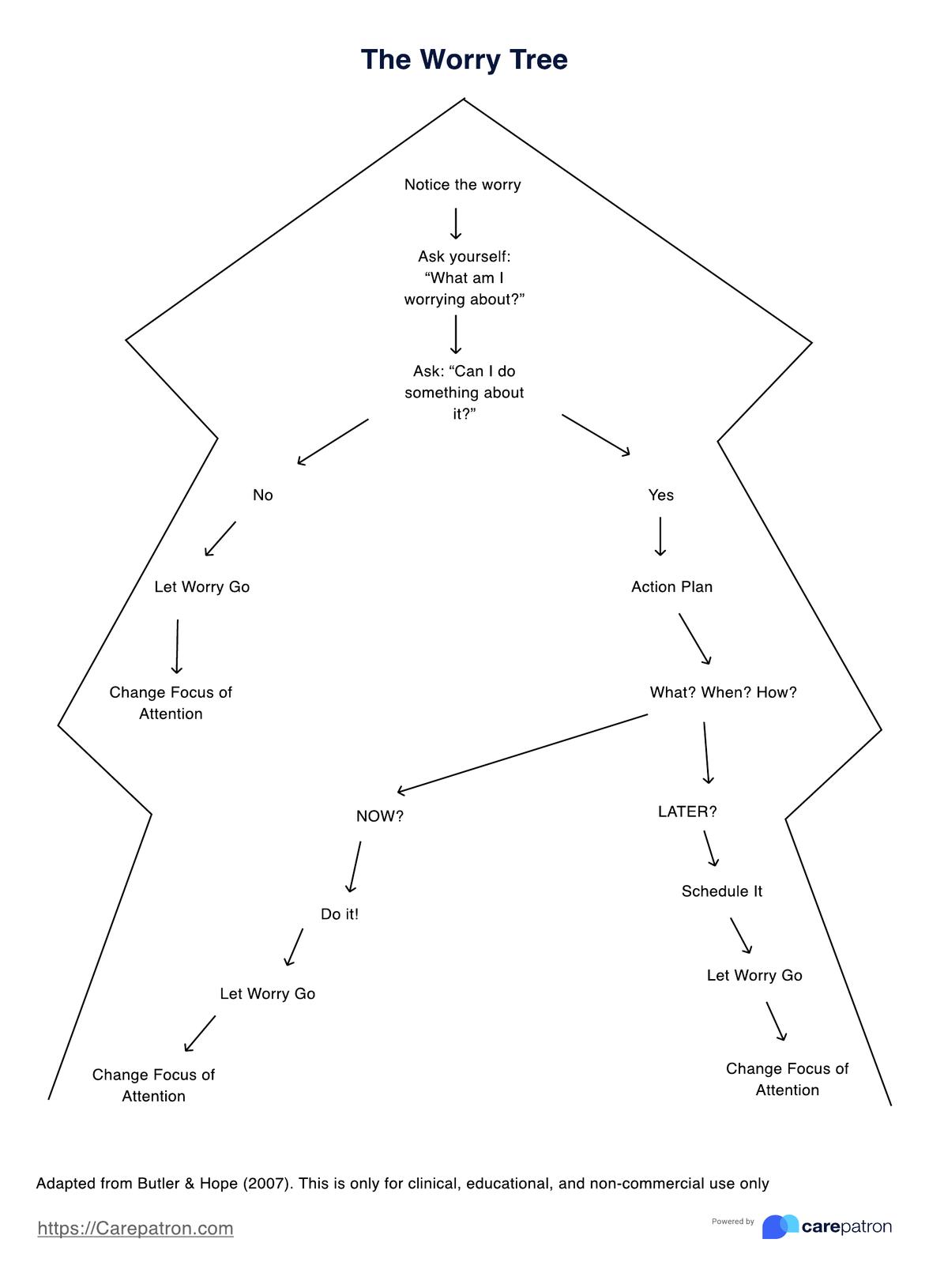
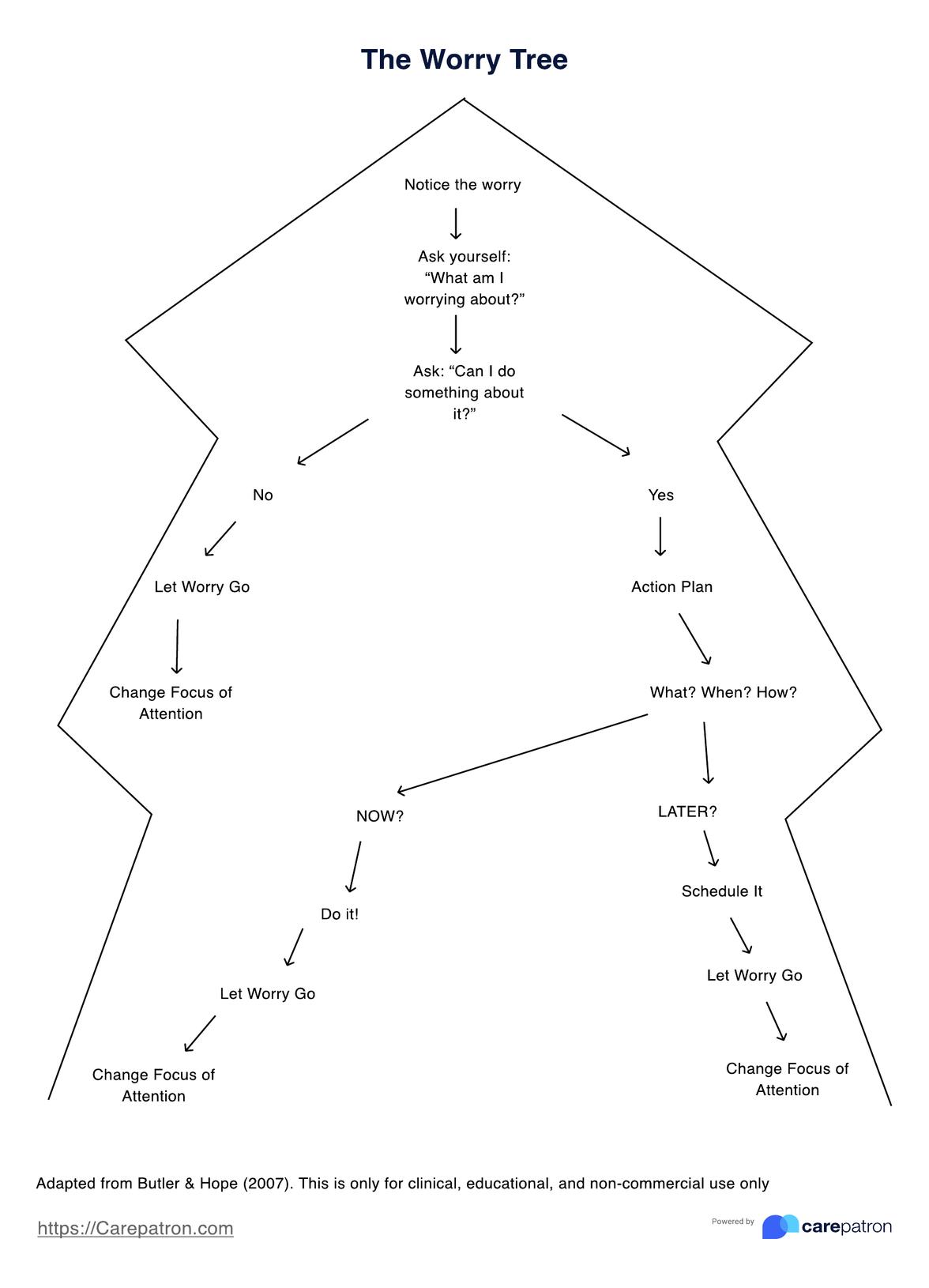














-template.jpg)






















































































